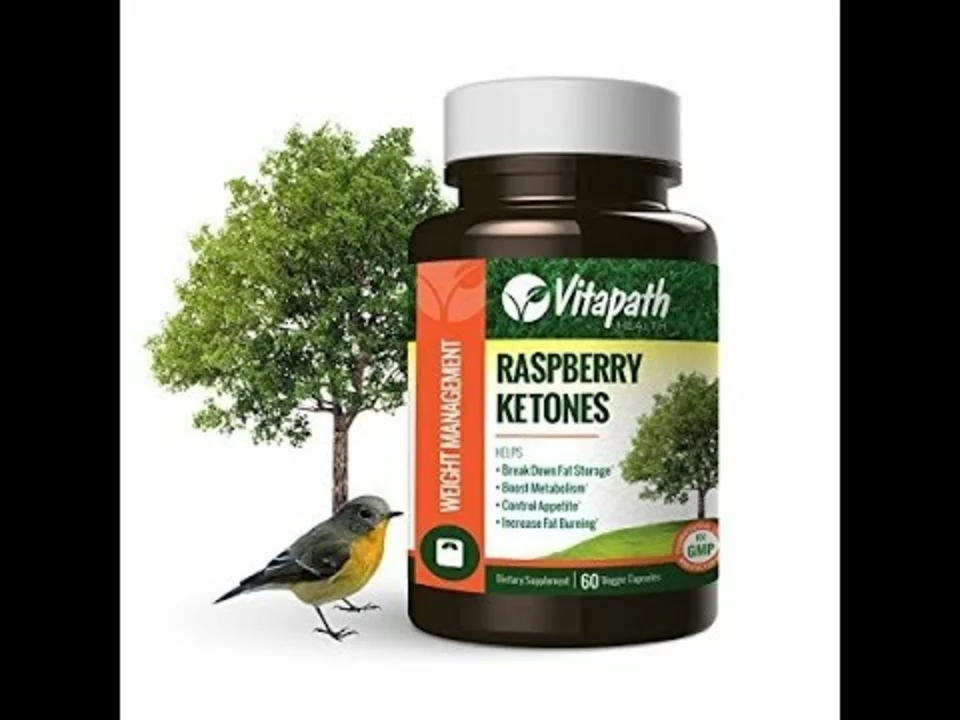Canthaxanthin: Uses, Risks and Practical Safety Tips
Did you know a pigment once sold as a "tanning pill" can leave deposits in the eye? That pigment is canthaxanthin. People encounter it as a food color, a feed additive, or in some self-tanning supplements. Knowing where it shows up and what risks it carries helps you make safer choices.
What canthaxanthin is and where you’ll find it
Canthaxanthin is a red-orange carotenoid. Food producers use it to color products like fish feed, egg yolks, and some processed foods. In the EU and many countries it’s labeled as E161g. It has also been marketed in oral tanning products because it can tint skin when taken in high doses. That's how people first learned about its visible effects.
The doses used in food are tiny and generally safe for most people. The trouble comes when people take much larger amounts—often from tanning pills or high-dose supplements—hoping for darker skin. That’s when side effects show up.
Safety issues: eyes, skin, and who should avoid it
High doses of canthaxanthin have been linked to canthaxanthin retinopathy—tiny yellow-orange particles that can form in the retina. Most of the time these deposits don’t cause symptoms and may be reversible after stopping the supplement, but they can be detected on an eye exam. Other reported effects include skin orange discoloration and digestive upset at very high intakes.
If you have eye disease, are pregnant, breastfeeding, or take other carotenoid supplements, talk to a clinician before using anything with canthaxanthin. Also avoid tanning pills: dermatologists and regulators warn against them because the risks rise with dose and duration.
Regulation varies. Some countries limit canthaxanthin strictly to certain foods or animal feeds; others ban it as a tanning product. That patchwork explains why some online supplements still list it—sometimes without clear warnings.
What’s a safer approach? Prefer topical sun-safe tanning options or self-tanning lotions with approved ingredients rather than oral pigments. For food, follow product labels and eat a varied diet instead of relying on supplements for color or appearance.
If you’ve used tanning pills or high-dose canthaxanthin and notice vision changes, see an eye doctor. An eye exam can spot retinal deposits and guide you on stopping the product or monitoring changes. Most people who stop the supplement see improvement over months to years, but early checkups are wise.
Short take: canthaxanthin is useful as a colorant at low doses but risky when taken orally at high amounts. Choose safer options for tanning, read labels, and consult a clinician if you’re unsure.
